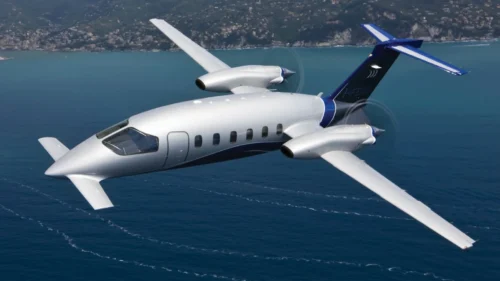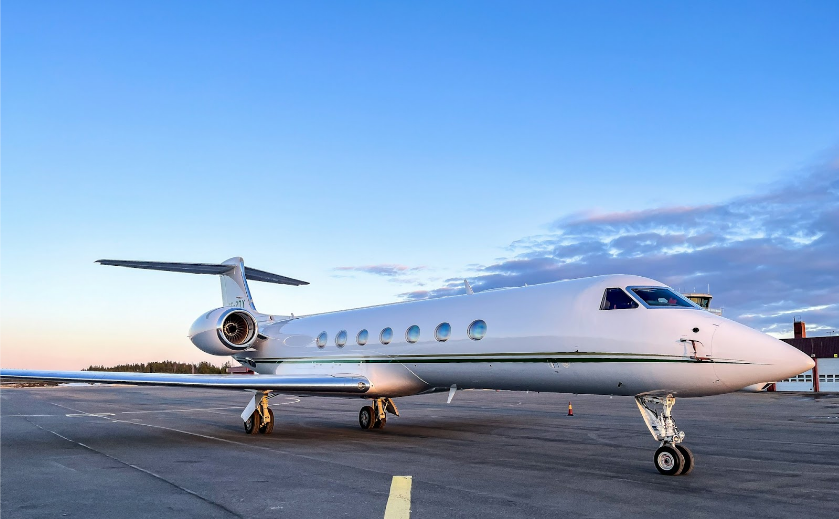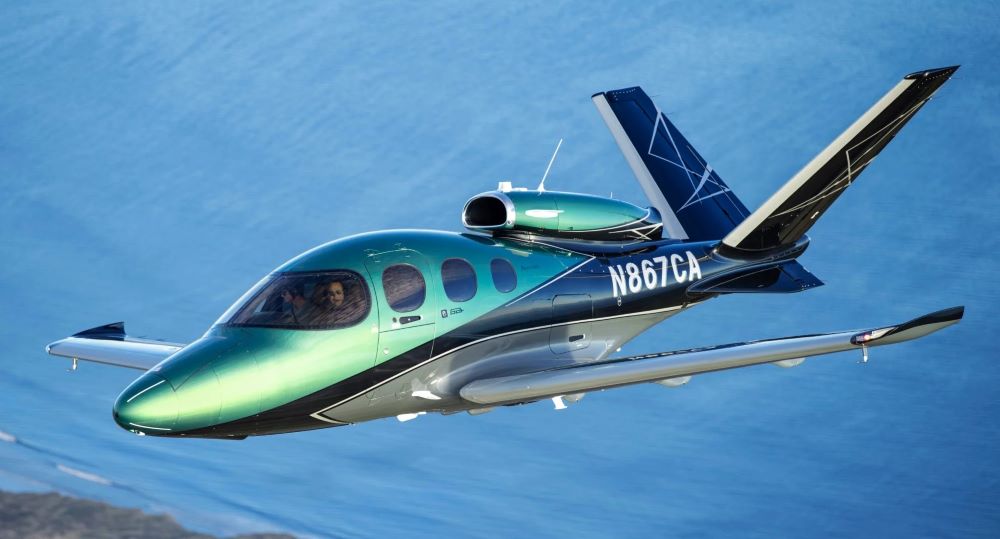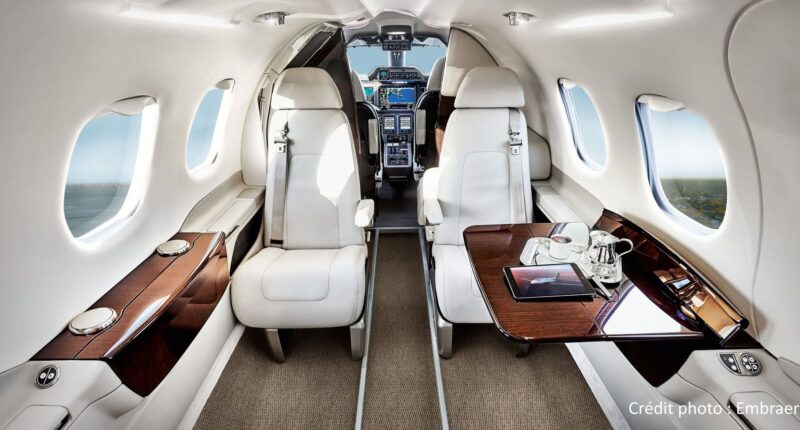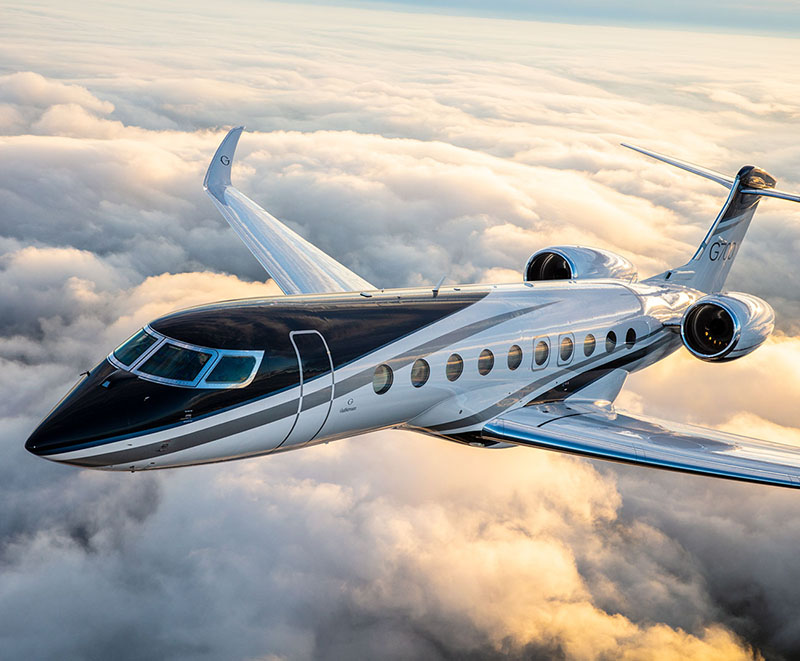Piaggio P180 Avanti Review
8 min read
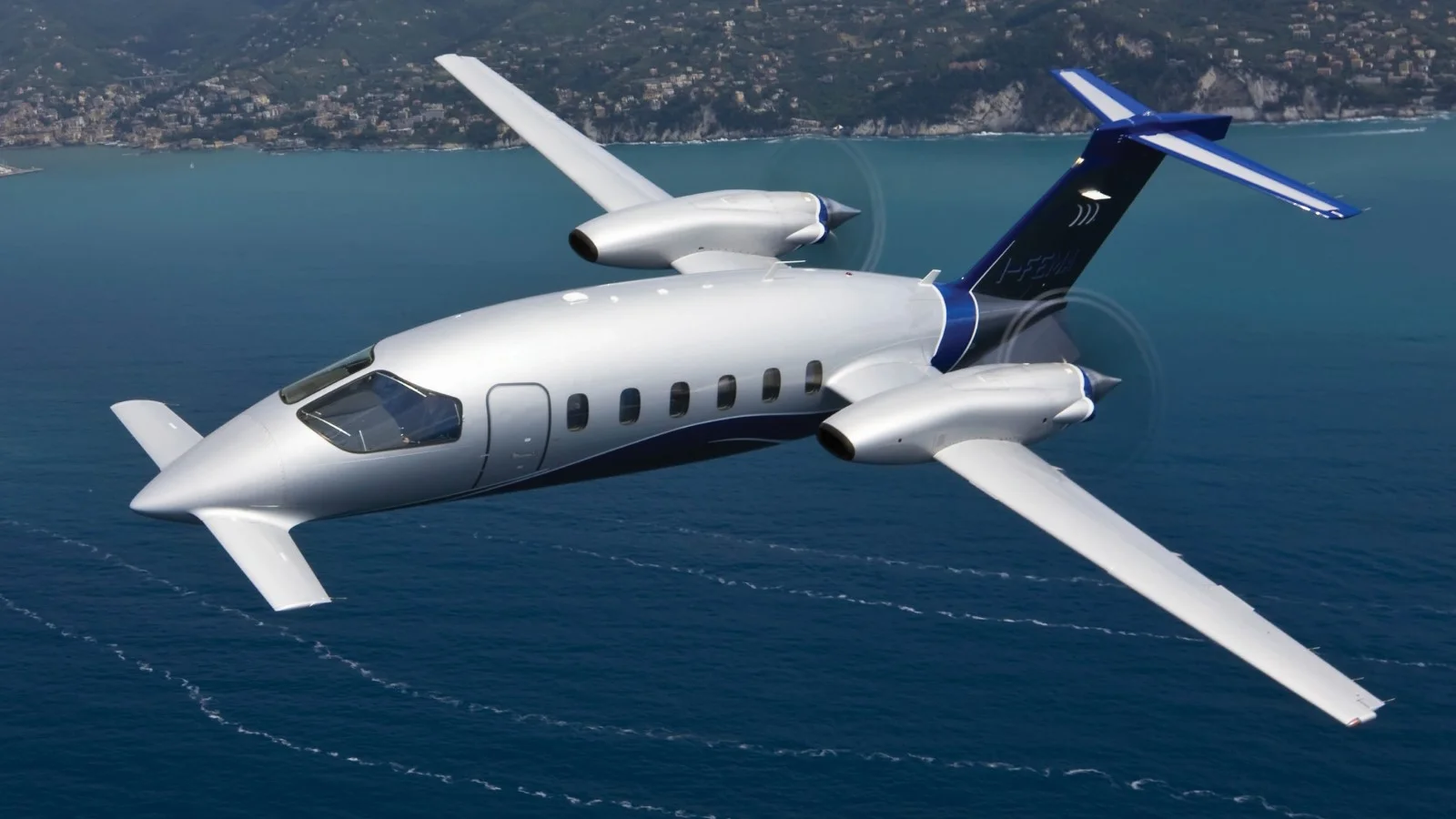
Despite the many private turboprops flying today, few stand out as boldly in terms of design and execution as the Piaggio P180 Avanti.
The use of this Italian built airplane is sure to appeal to the taste of upscale travelers and operators looking for a swift, fuel-efficient solution with plenty of ease and elegance.
In this detailed review, we review the Piaggio Avanti's unique backstory, its strong performance numbers, operating costs, travels aboard inside and out as well as some of it's potential drawbacks. Click through for the full details on this unique airborne vehicle.
A Radical Airplane from an Italian Innovator
Now before we get into the details of the Piaggio Avanti, a quick recap on how this very Italian aircraft came to life.
How It All Started
Piaggio Aero Industries as the maker of the P180 Avanti high-speed passenger plane, is an Italian aircraft manufacturer with a long and colourful history. The company itself was established in 1915 in Finale Ligure, producing seaplanes for the Italian military during World War I.
Immediately following the war, Piaggio converted their facilities to civil aircraft construction without abandoning production of luxury vehicles such as the celebrated Vespa scooter. Piaggio Aero served the civil and military market with game-changing planes to it throughout 20th century under Piaggio brand in numbers exceeded 10,000 units.
The Avanti line up today: Piaggio's attention is now mainly in the business aviation space The The company intends to offer elite-level, quality, craftsmanship and engineering.
The Avanti's Origins in the 1980s
Back in 1984, Piaggio started the P180 Avanti program with an audacious goal: Design a turboprop that could match midsize jet speeds with dramatically better fuel economy.
The design was done by aerospace engineer Alessandro Mazzoni, who chose a twin turboprop pusher layout. While transferring the engine to the back may seem unconventional, this location changes weight distribution and decreases cabin noise.
With many wind tunnel tests and optimization iterations behind it, the Avanti prototype was born. Its first flight was in Italy in September 1986. By 1990 it had received FAA certification, and was ready for delivery to customers.
Since then, almost 250 Avantis have been going into the hands of customers, solidifying its position as Piaggio Aero's flagship product. Now let's take a look under the hood at what makes this unique aircraft tick.
Aircraft Specifications
Its design features and unique turbine engines account for the Piaggio P180 Avanti's exceptional performance. Here are the specifics on this fast italian tourer.
Dimensions and Capacities
- Length: 47 feet 5 inches (14.4 meters)
- Wingspan: 46 feet (14 meters)
- Height: 15 feet 5 inches (4.7 meters)
- Max Takeoff Weight: 12,500 lbs (5,670 kg)
- Fuel Capacity: 3,345 lbs (1,517 liters)
- Baggage Volume: 150 cubic feet
Speed and Range
- Max Cruise Speed: 466 mph (750 km/h)
- Max Range: 1,725 nm (3,200 km)
- Service Ceiling: 41,000 ft (12,500 m)
Powerplant
- 2 Pratt & Whitney Canada PT6A-66B turboprop engines
- 850 horsepower each
- 5-blade Hartzell propellers
Passenger Capacity
- Up to 9 passengers
- Pilot + 8 passengers typical executive configuration
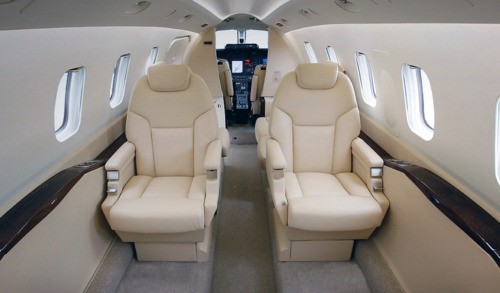
Avionics
- Advanced integrated cockpit systems
- 3 large flight displays
- GPS navigation
The Avanti offers exceptional reliability with 70% parts commonality to the two engines. Notably, its large cabin also shows the potential for long intercontinental range via a pressurized interior cabin comfortable at high altitude.
Cost of Ownership
For those needing a long-haul turboprop and with cash to burn, the Piaggio Avanti is an attractive offer.
But make no mistake - owning and flying this Italian speedster requires deep pockets. Let's break down the major ownership costs.
Aircraft Purchase Price With new technology driving prices for private jets ever lower, the used Avanti retains its value. Prices to buy run, depending on age and condition:
- New: $7 - $8 million
- Late Model (5-10 years):$3.5 – $4.5 million
- Older Models: $2 – $3 million
These prices aren't cheap but they do make these undercuts comparable light jets while delivering similar performance.
Hourly Flight Costs One of the major benefits in direct operating costs is the super Avanti's outstanding fuel economy. Hourly charges would range somewhere in the ballpark of:
- Fuel: $600 per hour
- Maintenance: $250 per hour
- Other Fees: $100/hour
- Total Cost per hour: About $950/hr
Costs at a normal 350 knots true air speed, turn out to be approximately $2,700 per hr of flight time. It is economical for a private turbo aircraft of the Avanti's range/speed capabilities.
Annual Budget The average operating envelope for the Avanti sits north of $500,000 each year for busy executives traveling on the right side of 200-300 flight hours per annum. Major fixed costs include:
- Hangar: $60,000+
- Insurance: $60,000+
- Pilot Salaries: $80,000+
- Training and Misc.: $40,000
For high-utilization owners, fixed + variable costs typically reach $700,000 and up annually. Not small change but svelte relative to $1 million+ for a jet at the entry level.
Strong Residual Value The Avanti's combination of design and performance provides it with very strong residual value relative to other turboprops. The company's 20+ year history of building the Avanti brings a measure of confidence in airframe longevity.
So that means a cherry Avanti will be worth around 50% of its original value after ten years, and 25-30% after twenty. High residual value mitigates the effects of high acquisition cost.
Comfort-Capable Cabin with Ample Equipment
Aside from just performance numbers, the Piaggio Avanti can also boast a cabin environment designed for long-range comfort and style while in flight. Here are some of the notable features that business travelers will appreciate.
Abundant Space The Avanti offers roomy accommodation for up to 7 passengers, plus 2 pilots. The flat cabin floor allows for more space. With the 6.5-foot cabin height, most passengers can walk around without hitting their head.
Quiet, Vibration-Free Flying Fitting the engines at the back relieves cabin noise and vibration massively. Shouting does not make for easy conversation. This allows for a tranquillity which also encourages highly productive work.
LED Ambient Lighting LED lighting, fitted in customizable colors based on your tastes, also adds a sense of sophistication and an elite feel to the strips. You can see some Italian flair in the design of the Avanti's interior.
In-Flight Connectivity Inflight WiFi systems keep travelers connected to work or play. Touchscreen monitors feature live TV and audio.
Modern Premium Materials Hand-crafted leather seating and other common lux amounts, polished wood accents, chrome fixtures can be seen throughout the cabin. A chic refreshment station delivers meals during flights.
Enclosed Lavatory The forward bathroom is quiet with plenty of leg room. The accessible lav is a nice feature on long-haul, international flights.
The well-appointed cabin of the Avanti makes even cross-country and trans-oceanic travel downright pleasurable with bespoke luxury to rival top-end jets.
Operational Advantages
The Piaggio Avanti brings some interesting advantages for private aviation owners and charter providers, elevating its operating value.
Speed Rivaling Light Jets The Avanti has a maximum cruise speed of 466 mph, faster than most turboprops and nearly as fast as entry-level jets such as the Citation CJ2+. That is a great time-saver for those busy executives.
Transatlantic Range Avanti's more than 1,650 nautical mile range allows delivery of nonstop flights anywhere in the USA; across Europe or South America. It enables direct city-pair connectivity which pistons and other turboprops cannot.
Short Runway Performance Because of its performance, the Avanti is able to access airports with runways less that 3,000 feet long thanks to an excellent climb rate and maneuverability. Unlocks small general aviation fields close to urban areas
Reduced Maintenance The Avanti's engine configuration requires only half the maintenance compared to a conventional turboprop powerplant. This experience reduces downtime, equating to increased aircraft availability, and thus higher revenue service.
High Residual Value The Avanti is held in high regard thanks to strong demand on the secondary market, particularly where late-model examples are concerned. Our Avanti normally depreciates slower than light jets.
Standout Style The Avanti makes a statement as it pulls up in front of your home or company for those who wish to leave a luxury impression.
It has a visually unique design that conveys prosperity/financial security and an innovative spirit. It's not for everyone, but that's part of the selling point.
Disadvantages To Be Aware Of
The Avanti does have some remarkable strengths, but it's not without a few weaknesses that shoppers should consider.
High Acquisition Cost If you want to buy an Avanti, you'll need hefty deep pockets in the short term; the sticker price is multi-millions. For some operators, it may just not be the best financial option.
Limited Climb Rate The Avanti, though, has a relatively low climb rate of around 1,500 feet per minute faster than a brisk cruising speed. This makes the departure and arrival times a bit longer.
Committed Type Rating There is also additional Avanti type rating training for pilots. It does make it a challenge to source qualified pilots in areas where one would not typically have easy access, such as outside major metropolitan areas.
Availability of Parts and Service Because Piaggio Aero does all of its OEM manufacturing in Italy, this may also mean that parts and service aren't necessarily as readily available, relative to other more ubiquitous platforms such as Cessna and Beechcraft models.
Unusual Noise Signature Approach Profile: A few pilots mentioned it takes more hours to be proficient at the Avanti's unique sound profile on approach. The noise component could play into relations with surrounding communities near airports.
These may not all be dealbreakers but need to be scrutinized closely based on your mission profile and environment of operations.
Final Thoughts
The Piaggio Avanti remains as relevant today as when it first appeared in the 1980s.
So, for private and charter clients seeking speed, cabin comfort and European styling, the Avanti continues to offer benefits few other aircraft can beat. Its operator base is incredibly loyal due to the capabilities it offers and support from Piaggio.
New models are introduced every few years, but the timeless Avanti still stands firm with an optimal combination of speed, range and operating economy. This unique Italian plane has maintained its premier status, thanks to demand from discerning international travelers.
The Piaggio P180 Avanti is not for everyone, but if you see what it offers there is no other turboprop quite like it.
For owner-pilots and operators who mine its potential, its tradeoffs are easily worth it. For the travelling aviation consumer who aspires to leave an impression, Avanti should definitely be on the radar.
